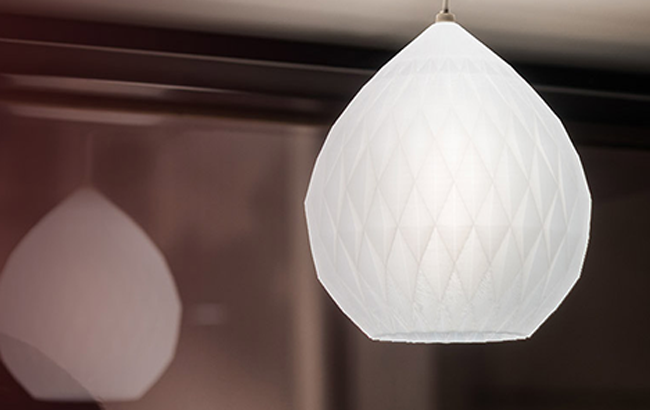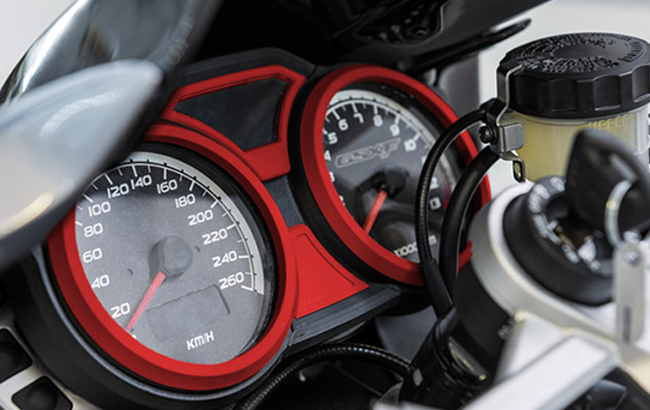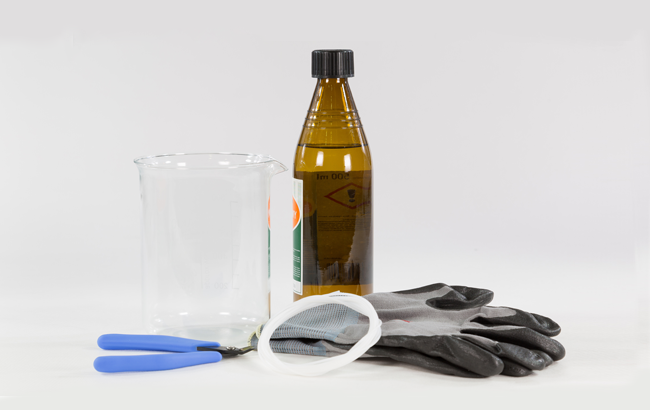How to Succeed with ABS Filaments When 3D Printing
Summary
- When printing with ABS it is important to choose the best possible temperature settings which may vary depending on the 3D printer.
- Maintaining an enclosed 3D printing environment is essential to achieve the best possible results.
- Leveling the printing bed can be done automatically or manually depending on the 3D printer but it is a key factor
ABS, or Acrylonitrile Butadiene Styrene, is one of the first and most commonly used thermoplastics in 3D printing. It is very sturdy which makes it an excellent choice for both personal and industrial use. The prints are very resilient to everyday wear and tear and thus you might find it in car bumpers, electronic cases and even in every child’s favorite LEGOs. Just ask any person who accidentally stepped on one of those blocks how tough (and painful) they can be.
In terms of applying your finishing touches, ABS is also really forgiving. Not only does its resistance play a factor here but also the fact that it is dissolvable in acetone so it can be chemically smoothed to hide layer lines on the print. It allows the creation of elegant final designs that look and feel whole. However, if you’re unaccustomed to printing with ABS you might find it difficult to use at first. In order to be fully prepared you’ll need to take certain actions before you start printing.
Remember to Warm Up
One of the most important tasks to start with is to find the best possible temperature settings. Facts The most common temperature presets are 220-250°C. The optimal bed temperature is typically 110°C The settings depend on different machines and will have to be tested. They might vary for different users working on different 3D printers but generally 220-250°C are the most common temperature presets. Why such a big variation? It all depends on the type of machine you’re working with. The amount of 3D printers on the market with different specifications makes it almost impossible to find one specific setting for all of them so you’ll have to be prepared to be flexible and test out different options. Setting your bed temperature is also essential and it’s best to make sure your printer has a heated build plate. Generally, the optimal temperature is considered to be 110°C but again, you might try to test it out on various machines first before you start doing some heavy printing. If lower temperatures work for you, then that’s what you should stick with it.
However, if you have a heated bed, you’ll still need some sort of adhesion. When you print the first layer, ABS requires something to bind itself to. It might be something as simple as hairspray or ABS juice. We’ve already covered how to make one in our tutorial so you can go and see for yourself here.
Anchor Your Prints
In order to make your prints more successful during the printing of the first layer you might also use brims and rafts, especially if you decided to print big or thin parts, which might have trouble properly adhering to the bed. Brims would serve as an anchor for your first layer and prevent warping by adding several rings of plastic around your model, creating extra surface area to hold down the edges of your model. The more lines you use, the more it should stick to the surface of the bed. Rafts, on the other hand, will print an entirely new plastic structure underneath your print, which will support complex designs and one which can be removed after the completion of the print.
Maintain a Clean Environment
When you change filaments you’ll have to remember to heat the nozzle first before you try taking the material out. Facts Remember to systematically clean the extruder to
remove clogs Having an enclosed 3D printing environment can improve print quality and reduce warping A well-ventilated or filtered printing area will get rid of any unpleasant smells Otherwise, if the filament cools inside the nozzle, it’ll create a plug which you’ll then have to clean. A clogged extruder, though, is nothing new to 3D printer users and you shouldn’t be shocked when it happens to you. It’s a result of regular exploitation of the printer and when it happens you should be ready for it and follow the directions given to you in the manual on your 3D printer of choice. Typically the easiest way is to use a toothbrush or another small brush to get any small elements out of the gear.
Despite following all of the tips you might still find your prints to be of lesser quality. This is possible if you do not have an enclosed printing environment. Some printers come with side covers that will help you keep a steady printing temperature inside the printing chamber, which immediately takes care of that problem. But if you are working with a 3D printing machine that works without side covers you can make your own makeshift enclosure or simply put a heat retaining bag over it. Anything that will keep the heat inside and won’t interfere in the printing process should help in some capacity.

An enclosed area will also have another benefit for your experience when printing with ABS. Mainly it should keep some of the odor that is associated with this type of filament at bay. ABS is known for releasing a distinct, unpleasant smell and it’s important to properly ventilate your working area as well. If there is no ventilation system in the place where you print, you should consider opening a window or using a flexible air duct. Modern 3D printers come with a seperate air-filtration system or a HEPA filter that should not only get rid off the smell right at the source but also take care of fumes that are emitted during 3D printing.
Stay Leveled
Having a quality 3D printer is also important to level the bed before you start 3D printing. Most of the high end devices have an automatic system to level the bed and with those you’re basically good to go. Yet, other devices will need to be adjusted manually and once again, due to the variety of printers, there are also different ways on how you can do that. Searching through the manual should give you the answers you’re looking for in that case but make sure that there is a consistent distance between the bed and the nozzle.
ABS is a filament that is popular with professional manufacturers for a good reason. Products printed with this plastic are resilient to aging, everyday use, easier to post-process and its one big issue, being susceptible to warping during the printing stage, can be easily overcome by using a good printer and an enclosed printing environment. That is why ABS filaments, when used correctly, can be a great choice for a lot of manufacturers. Well, unless you want to print food but I guess your parents have already taught you to never put LEGOs in your mouth.

